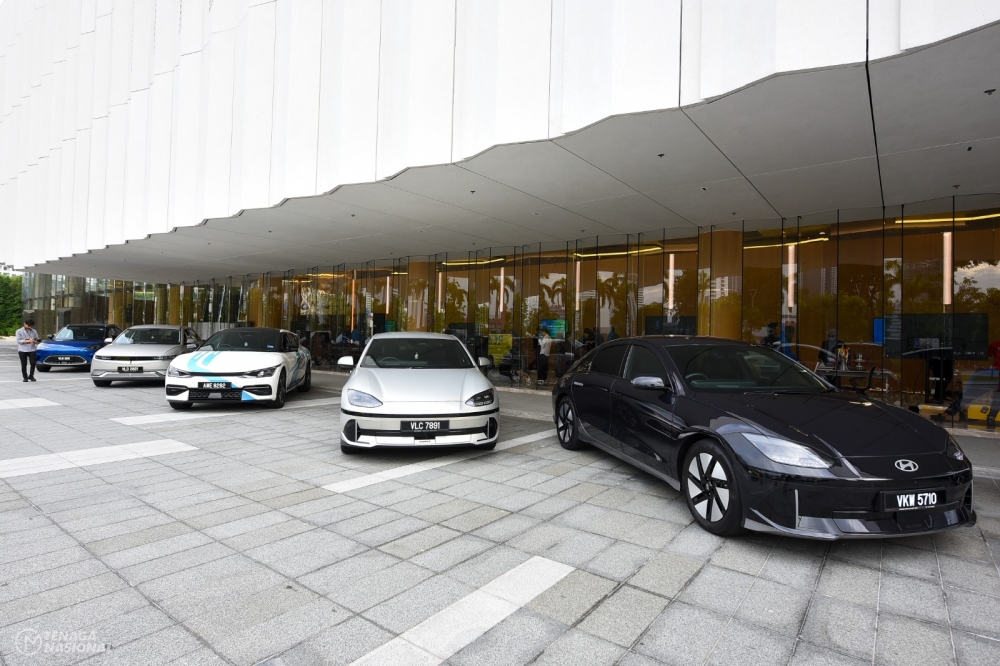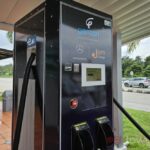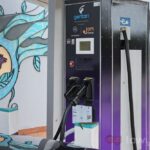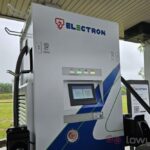One major apprehension that drivers may have, preventing them from switching from a conventional internal combustion engine vehicle to an electric vehicle (EV) is the charging process. Beyond just the sheer time difference between pumping petrol into a car compared to charging an EV, another concern would be the availability of charging points along your route as well.
But in a recent drive from the east coast to the west coast of Peninsular Malaysia, organised by the Zero Emission Vehicle Association (ZEVA), it has been demonstrated that the experience is not that much different to petrol-powered vehicles. At least, that’s the case for the route that was chosen for the drive, on the East Coast Expressway (LPT). Your mileage may vary when it comes to range anxiety for other destinations and routes.
The EVs And The Route
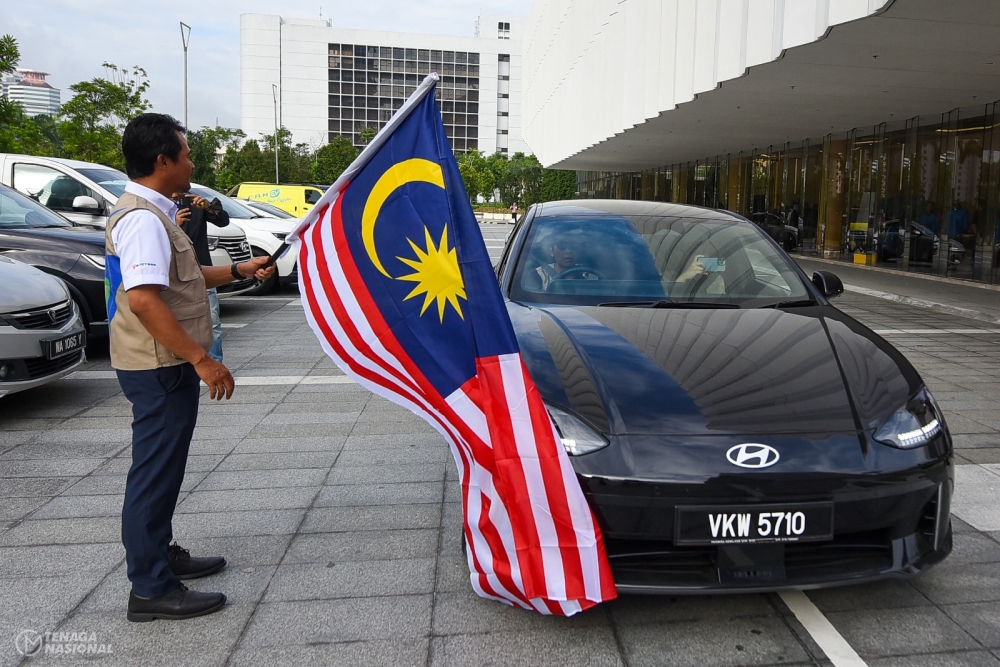
With that out of the way, the drive involved a number of EVs which include primarily the Hyundai IONIQ 5 and 6, the Kia EV6, the smart #1, and the Audi Q8 e-tron. Also included as part of the drive were the BYD Atto 3, Neta V and Renault Zoe R110, though these saw more limited uses, the reasons for which are not terribly important but I’ll get to in a bit.
The first leg of the trip saw us driving the first bunch of EVs from the TNB HQ in Bangsar all the way to the Paka R&R in Terengganu. This was a 365km trip, with a stop at the Gambang R&R just under two-thirds of the way through. These two are stops with charging points for EVs as well, and DC chargers at that, meaning that you won’t be waiting for hours for your proverbial tank to be filled.
As long as you’re driving an EV with a range of about 300km or more, and are following the speed limits along the way, the drive itself should not pose that much of a challenge. In fact, those with a range of 400km or more can also make it the whole way in a single charge. As you’d expect, being lead-footed means poor power efficiency and will result in less overall range.
Incomplete Interoperability
But even with a leisurely drive, there might be some complications if you do end up needing to top up your battery charge partway through the drive. At the Gambang R&R for instance, the charge point operator (CPO) here is Gentari, which means that paying to get your EV charged can be done via Setel, or the apps of its roaming network partners, JomCharge and chargEV. But when you get to the Paka R&R, the CPO here is instead TNB Electron, which necessitates the use of another app, GO TO-U, instead.
When it comes to alternatives, you also don’t get a lot to choose from, at least not yet. A cursory look at both the chargEV and GO TO-U apps show that, naturally, the vast majority of charging points are located on the west coast, with a bulk of them within Selangor. There are a few more options when you finally get to the east coast, with the former app showing more within Kuantan, but Gambang looks to be your first option once you’ve gone east of Genting.
Sparse Charging Point Distribution
The good news is that more and more charging points are constantly being added, so more options may have become available by the time you actually go for one such trip yourself. But on the flip side, you’ll still have to be mindful of which company is operating which charging point.
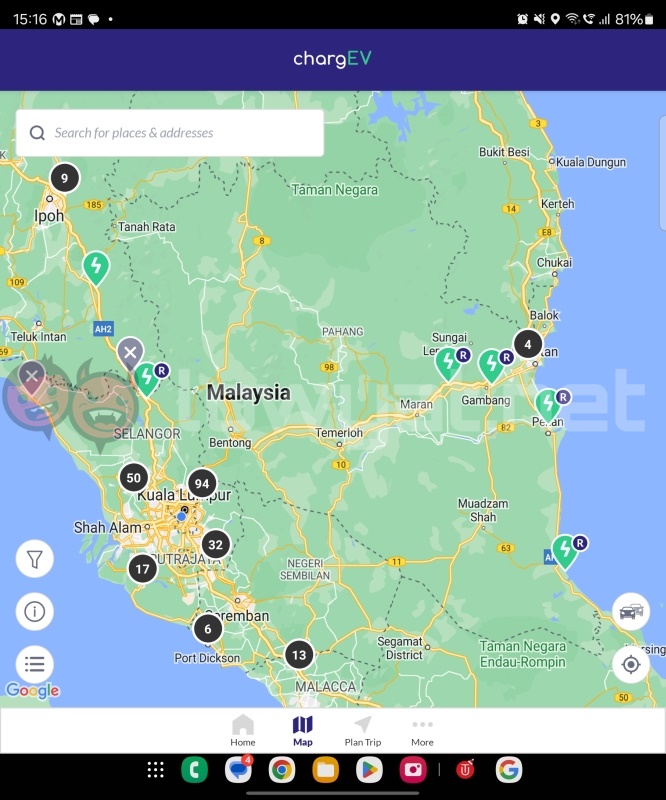
During the trip I’ve asked representatives from both TNBX, the subsidiary of the national grid operator which runs TNB Electron, as well as Yinson GreenTech, the name behind the chargEV app, if the former will be joining the roaming network partnership that the latter is a part of. The short answer is that there are discussions to that effect, but neither can say for certain if it will actually happen yet.
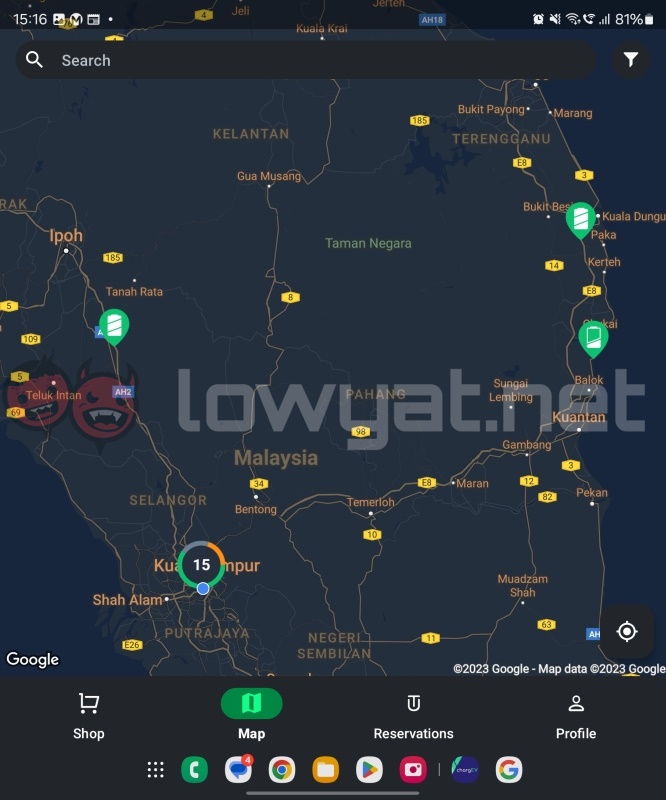
I mentioned earlier that the BYD Atto 3, Neta V and Renault Zoe R110 were used to a more limited extent, but that’s not entirely true. These cars were arranged as the ones that we were to drive from Paka to Kuantan, owing to them being classed as city cars, which generally meant less overall range. But that did not stop the BYD Atto 3 from being driven from Kuantan back to Bangsar.
Charging By The Minute
The two stops we made as part of the trip saw the chargers in both locations charge by the minute, rather than by the amount of electricity used. Representatives from both Gentari and TNBX say that this is to prevent EV drivers from hogging the chargers. Primarily this is because both locations have only enough charging points for two to be charged at a time.
Another reason for charging by the minute is to discourage drivers from charging their batteries to full. With DC fast charging, most EVs drop in charging efficiency once their batteries hit 80%. This means that getting that last 20% is usually longer than is practical, especially if there are others waiting in line to get recharged.
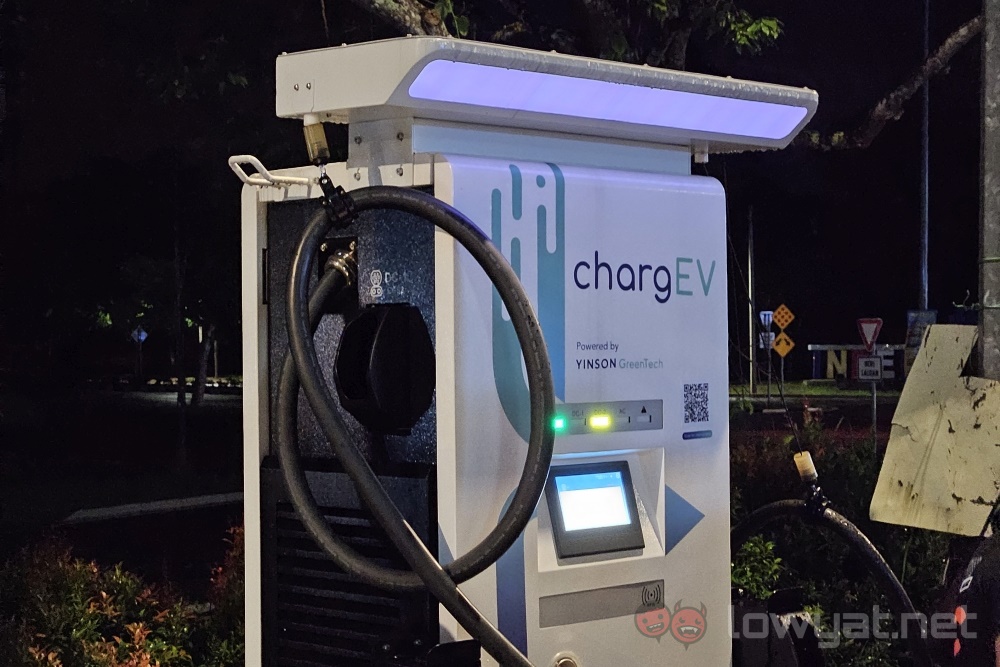
For what it’s worth, the limited number of chargers, be it per stop or in general, matches with EVs being the minority among vehicles for now. But it remains to be seen if this is something that will be changed once more charging points become available.
In Conclusion
It’s safe to say that the point of the drive is to demonstrate to members of the media that, with enough charging points in the country, driving an EV will be no different compared to a conventional internal combustion car. And it was true for this particular trip, the logistics of which necessitated that it was planned a fair bit in advance.
And it is something that you’ll have to do as well if you find yourself with an EV and needing to drive long distances, even if it’s just you and your family or a few close friends. This is simply due to the fact that not every R&R stop has a charging point, so even the most whimsical or spontaneous of trips requires looking things up a bit beforehand.

Sure, there plenty of apps that allow you to not only look for your nearest charging station, but also plan your trip so that you get a charging station in between if your EV needs it. But it is still one additional step compared to just driving and keeping an eye out for the R&R signs when you need it.
With that, if you’re the kind of person that never goes for a long drive on a whim, then EVs are for you if their prices are not a barrier to entry. If not, then you’ll have to wait a bit, until there’s one in every, say, two R&R stop with EV chargers.
Follow us on Instagram, Facebook, Twitter or Telegram for more updates and breaking news.


